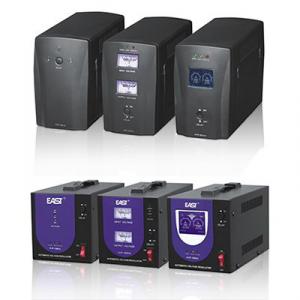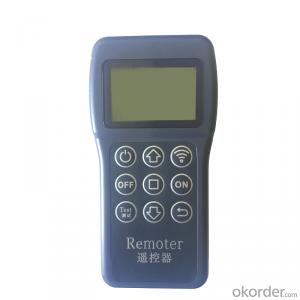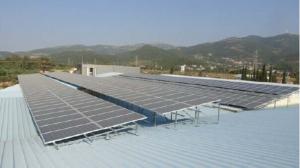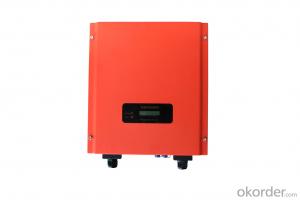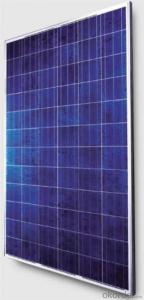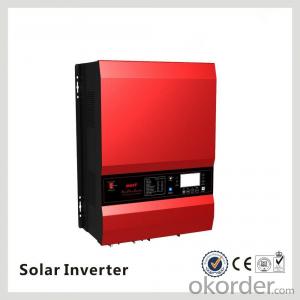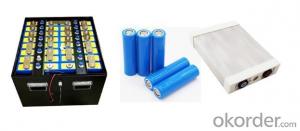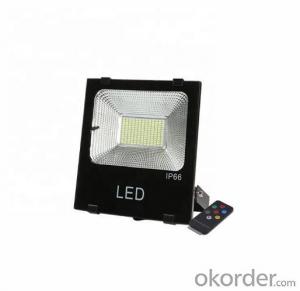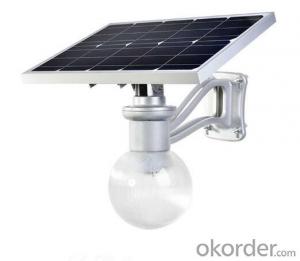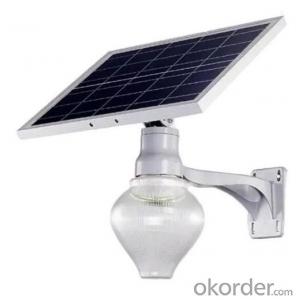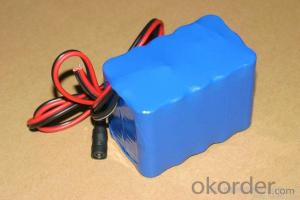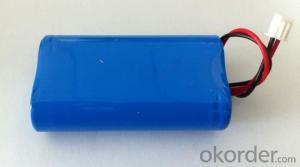Solar Pv Inverter Market
Solar Pv Inverter Market Related Searches
Solar Pv Inverter Pv Solar Inverter Solar Pv Inverter Price Pv Powered Solar Inverter Solar Pv Inverter Prices Best Solar Pv Inverter Solar Pv Inverter Types Best Inverter For Solar Pv Solar Pv Inverter Location Solar Inverter Market Size Global Solar Inverter Market Solar Pv Inverter Sizing Solar Micro Inverter Market Solar Pv Module Solar Panel Pv Module Solar Pv Module Price Pv Inverter Prices Solar Pv Module Manufacturers Solar Hybrid Inverter Market Silicon Solar Pv Module Solar Pv Inverter On Maui Power Solar Inverter Pv Solar Module Manufacturers Pv Module Solar Panel Rv Solar Power Inverter Power Inverter Solar Pwm Solar Inverter Solar Pcu Inverter Solar Pv Module Cost Solar Power Plant InverterSolar Pv Inverter Market Supplier & Manufacturer from China
The Solar Pv Inverter Market encompasses a wide range of products, including string inverters, central inverters, and micro-inverters. These devices play a crucial role in converting the direct current (DC) produced by solar panels into alternating current (AC), which can then be used by homes and businesses. The technology behind solar PV inverters is essential for maximizing the efficiency of solar energy systems and ensuring that the power generated is effectively utilized.Solar PV inverters are widely used in various applications, such as residential rooftops, commercial buildings, and large-scale solar farms. They are designed to handle different power capacities and can be tailored to suit specific energy requirements. The usage scenarios for these inverters are diverse, from small-scale residential systems to large utility-scale solar installations, making them a versatile component in the renewable energy sector.
Okorder.com is a leading wholesale supplier of solar PV inverters, boasting a comprehensive inventory that caters to the needs of various customers. With a strong commitment to quality and customer satisfaction, Okorder.com ensures that the solar PV inverters they provide are reliable, efficient, and compatible with a broad range of solar panel systems. By offering a diverse selection of products at competitive prices, Okorder.com has established itself as a go-to destination for those seeking to invest in the Solar Pv Inverter Market.
Hot Products









